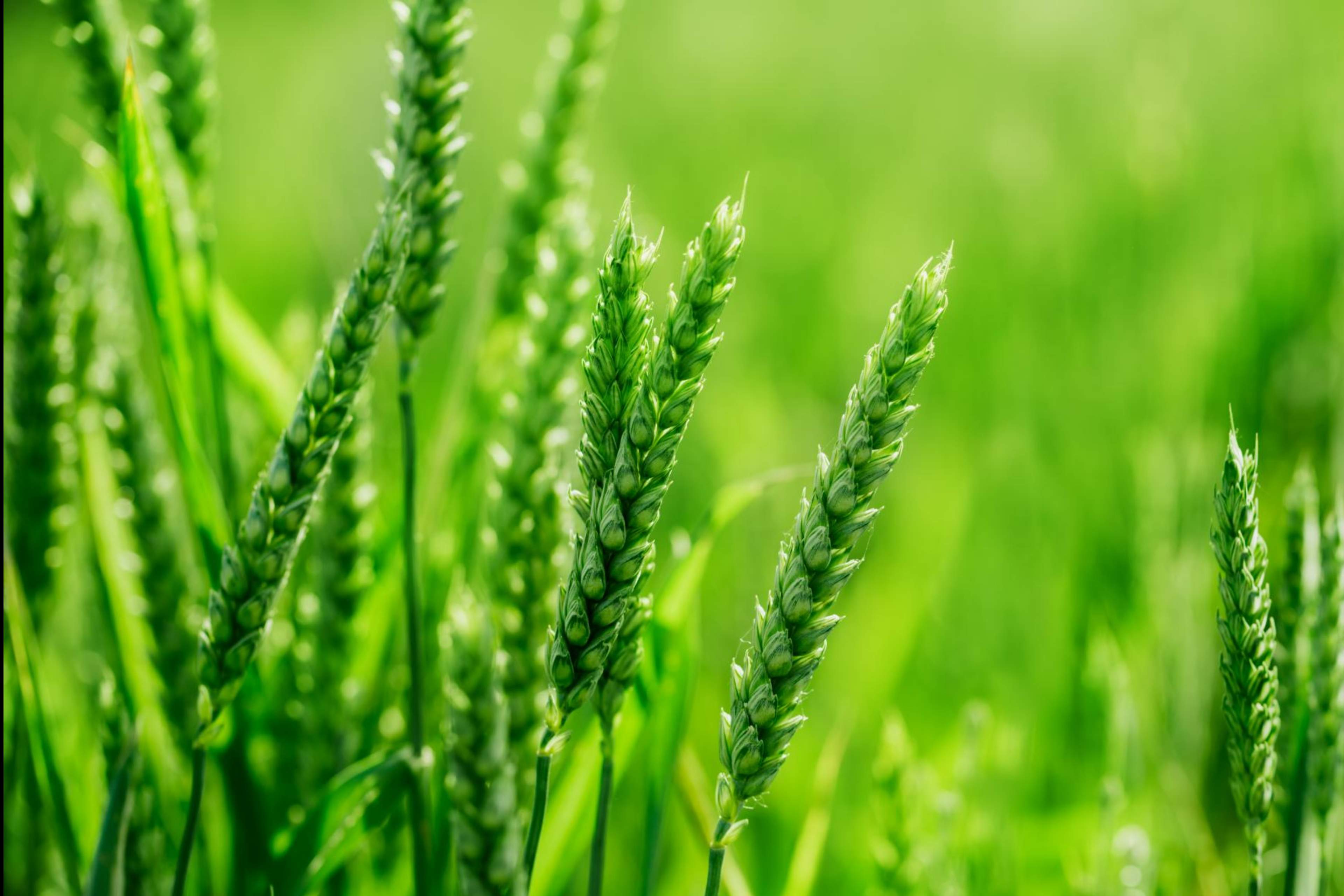EY refers to the global organization, and may refer to one or more, of the member firms of Ernst & Young Global Limited, each of which is a separate legal entity. Ernst & Young Global Limited, a UK company limited by guarantee, does not provide services to clients.

On 25 January 2023 updated wording of Carbon Border Adjustment Mechanism (CBAM) Regulation was published (Link). The document is dated as of 14 December 2022 and it is a version adopted after Trialogue discussions, hence still not a final design of the mechanism.
CBAM Regulation will have significant impact on trade with the European Union (EU) as well as on EU importers and non-EU producers of products covered by CBAM (i.e. certain products within following groups: cement, electricity, fertilisers, iron and steel, aluminium and hydrogen). The CBAM Regulation provides a set of changes compared to initial proposal from 14 July 2021. Our text summarises key changes to initial proposal and how the measure will affect the market.
Background
With the European Green Deal, European Commission set out a new growth strategy aiming to transform the EU into fair and prosperous society, where there are no net emissions of greenhouse gases (GHG) by 2050. To pursue this ambitious policy and to achieve reduction targets, regulatory framework has been put in place, e.g. a system of GHG emission allowance trading within the EU (EU ETS) which delivers harmonised pricing of GHG emissions at EU level for energy-intensive sectors and subsectors. And while EU has been substantially reducing GHG emissions within its borders, GHG emissions embedded in imports to the Union have been increasing. CBAM is to serve as an essential element for the EU to meet the objective of the climate-neutral economy by 2050 and to address the risks of carbon leakage. It is also seen as a tool promoting decarbonisation in third countries.
Direct at your mail
Subscribe EY newsletters
Briefly about CBAM
CBAM is a climate measure that aims to address the risk of carbon leakage by ensuring equivalent carbon pricing for imports and domestic (EU) products that are subject to carbon costs under the EU ETS. And while the EU ETS applies to installations based in the EU and to certain production processes and activities, CBAM will apply to the certain corresponding goods imported to the EU.
The mechanism will closely reflect EU ETS prices through CBAM certificates which will be priced at the weekly averages of EU ETS auctions. Under CBAM, importers will report annually total verified GHG emissions embedded in goods they imported in given calendar year. In addition, during the calendar year, the importer shall ensure that the number of CBAM certificates in its account in the CBAM registry at the end of each quarter corresponds to at least 80% of the embedded emissions in imported products since the beginning of the calendar year. Then, along with submission of annual CBAM declaration, the importer will surrender CBAM certificates in the exact number corresponding to emissions embedded in goods imported in calendar year.
Between 1 October 2023 and 31 December 2025, transitional provisions will apply where CBAM will work without financial adjustment. Instead, importers, on a quarterly basis, will have to report embedded emissions in goods imported in that quarter of calendar year, detailing direct and indirect emissions as well as any carbon price effectively paid in third country.
Key changes compared to initial proposal
The general principles of functioning of the CBAM will remain the same. The key changes, compared to initial CBAM proposal are as following:
- Extension of CBAM products scope
- Entry of transitional period on 1 October 2023, instead of 1 January 2023
- Extension of scope of embedded emissions
- Introduction of exceptions that exclude certain imports from CBAM coverage
- More detailed rules on application for an authorisation
- Extended list of circumvention practices
1. Extension of CBAM products scope
Current draft extended the CBAM scope on following products:
- kaolin and other kaolinic clays, calcined
- aluminous cement
- certain ferro-alloys
- agglomerated iron ores and concentrates
- screws, bolts, nuts, coach screws, screw hooks, rivets, cotters, cotter pins, washers (including spring washers) and similar articles of iron and steel
- other articles of iron or steel
- aluminium structures and parts of structures
- certain aluminium reservoirs, tanks, vats, containers
- stranded wire, cables, plaited bands and the like, of aluminium, not electrically insulated
- other articles of aluminium and
- hydrogen
2. Entry of transitional period on 1 October 2023, instead of 1 January 2023
Indeed, the transitional period will start in October 2023. During this time, until 31 December 2025, the obligations for the importers will be limited to the reporting requirements without financial adjustments (the details on reporting requirements have been provided above).
3. Extension of scope of embedded emissions
Compared to the initial proposal, the definition of embedded emissions has been extended to indirect emissions. It means that after the transitional period, when financial adjustment will be in place, importers will have to purchase CBAM certificates reflecting both direct and indirect embedded emissions. However, there will be an exception, i.e. for certain iron and steel products which in the EU are subject measures compensating for indirect emission costs incurred from emission costs passed on in electricity prices.
4. Introduction of exceptions that exclude certain imports from CBAM coverage
The requirements related to CBAM will not apply to:
- imported goods which intrinsic value does not exceed, per consignment, EUR 150
- goods contained in personal luggage of travellers from a third country provided that the intrinsic value of such goods does not exceed EUR 150
- goods to be moved or used in the context of military activities
5. More detailed rules on application for an authorisation
New proposal is more detailed with regard to application for authorisation rules. It envisages that importer established in Member State shall prior to importing CBAM goods, apply for the status of authorised CBAM declarant. In cases where such importer uses indirect representation, the application for this status shall be submitted by indirect customs representatives. The same will work for the importers not established in Member State, i.e. in such case the application shall be submitted by the indirect customs representative.
It shall be noted that rules regarding application for authorisation will enter into force on 31 December 2024.
6. Extended list of circumvention practices
Examples of circumvention practices have been slightly extended, however it is now an open catalogue of practices which may consist of, but are not limited to:
- slight modification of goods to change Combined Nomenclature classification
- artificial split of shipments to benefit from CBAM exceptions described above.
How the new rules will affect market actors
In general, CBAM will affect mainly EU importers through new administrative burdens and costs related to emissions embedded in imported products. Third country producers may be affected if they voluntarily decide e.g. to measure their CO2 emissions, verify them and share them with EU importers – for the purposes of calculating actual embedded emissions. Finally, CBAM will affect the EU market too, because – in general – it will cause that imports will be more expensive due to financial adjustments, levelling the playing field for EU producers subject to the EU ETS.
Despite the financial adjustments that will apply starting from 1 January 2026, importers shall begin preparation for the transitional period. As mentioned, during this period, importers will have reporting obligations. Implementing acts concerning the application of elements of embedded emissions calculations are yet to be developed by the European Commission. Hence, key challenges for the importers may be related to reliable calculation of embedded emissions and obtaining information whether carbon price has been paid in third country. And what is important: even during the transitional period a penalty may be imposed on importer who failed to submit quarterly report or has not taken necessary steps to correct CBAM report. Penalties are not yet specified, however it shall be “effective, proportionate and dissuasive”.
How EY can Help
EY provides advisory services related to risk management and building the value of companies based on regulations and standards of sustainability and ESG.
Read moreService Leader
-
 Kasia Klaczynska Lewis
Kasia Klaczynska LewisPartner, Ernst & Young Law Talasiewicz, Zakrzewska i Wspólnicy sp.k.
Summary
On 25 January 2023 updated wording of Carbon Border Adjustment Mechanism (CBAM) Regulation was published. CBAM Regulation will have significant impact on trade with the European Union (EU) as well as on EU importers and non-EU producers of products covered by CBAM (i.e. certain products within following groups: cement, electricity, fertilisers, iron and steel, aluminium and hydrogen).
Related articles
Carbon credit rights under the Paris Agreement
Carbon markets are currently undergoing significant changes due to implementation of Article 6 of the Paris Agreement. Together with The Gold Standard Foundation our EY Center for Climate Policy led by Kasia Klaczynska Lewis analyzed how the introduction of international cooperation for emission reductions and offsetting impacts the rights to carbon credits.
EY Center for Climate Policy | Global solutions for innovative climate policy making
Recent years have seen a growing trend among nations of the world towards setting up domestic climate policies.
EY EU Green Deal Center of Excellence
EY EU Green Deal Center of Excellence is one focal contact point around the EU Green Deal measures and offers a whole suite of 360 degrees solutions that help clients navigate its complexities.





